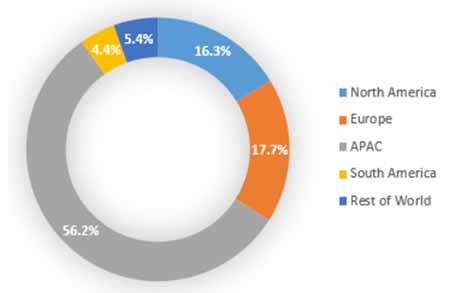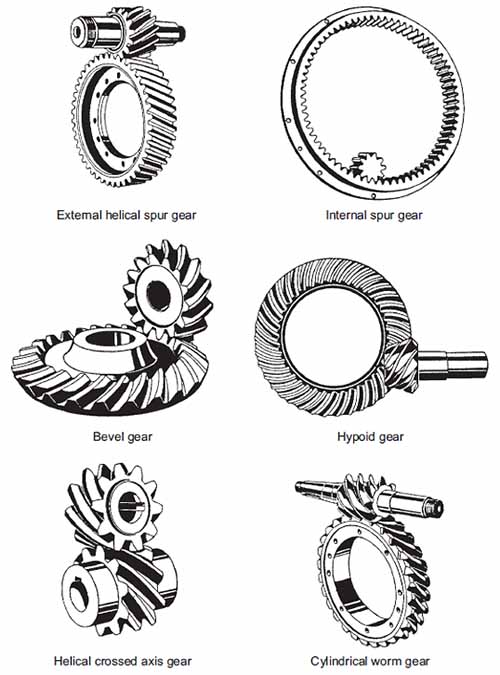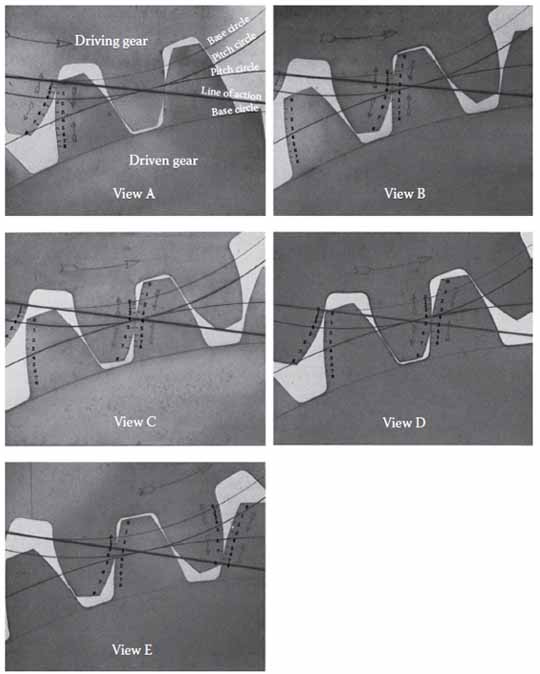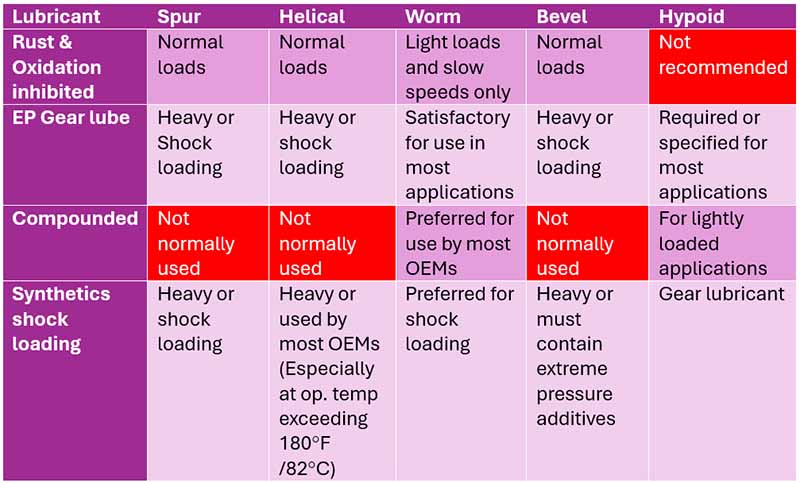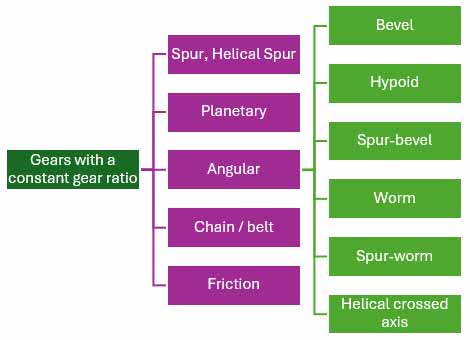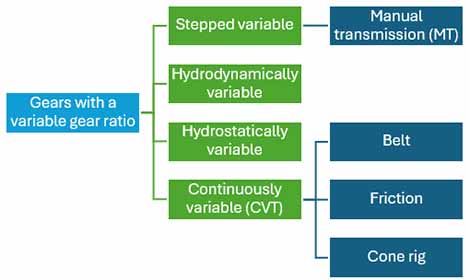Given the various types of hydraulic oils that exist, can they all be consolidated into one hydraulic oil that can serve the purpose for all the applications? The short answer is no, the longer answer is that if there is overlap among OEM recommendations within the same viscosity, then there is a possibility of consolidation. Typically, OEMs will provide guidelines on the oils recommended for use and they should be sought out for these consolidations as they will be more familiar with compatibility issues, as well.
On the other hand, it may mean that the hydraulic storage area of the warehouse has numerous hydraulic oils. In this case, a proper labelling system should be in place to ensure that the correct oil gets to the right location. Since these are specialized, using an incorrect oil (or an oil that does not meet the right specification) can result in disastrous outcomes for the equipment especially for compatibility challenges.
One of the most common issues with hydraulic equipment is the existence of leaks. Depending on the application, some owners prefer not to fix the leaks and use cheap hydraulic oil to keep the equipment working. However, this is not the best practice.
When hydraulic oil leaks out into the environment, this can be hazardous to the people on the site (spills or trips), equipment (skids or contamination) and the environment since it was not disposed of properly. By using cheap oil, this can also damage the equipment even more as that oil may not meet the OEM requirements. In these cases, more harm is being done to the environment and the equipment and there can be significant losses financially and operationally.
This is where the quality of the oil and operations (no leaks) can trump quantity (excess volumes of cheaper oil). Unless the leaks are fixed, then the volume of cheaper oil will continue to increase and there will be additional labour costs to constantly maintain the sump levels as well as delays to the project.
Therefore, the overall impact on the efficiency of the hydraulic equipment will be reduced. However, if the leaks are fixed and a quality hydraulic oil is used, then the machine can operate more efficiently, complete the assigned projects and possibly even reduce extra labour costs related to maintenance.
Ideally, consolidation can be achieved as long as the OEM requirements are being fulfilled. However, cheaper oil that does not meet the required OEM standard for a particular piece of equipment is not an ideal option as it can cause more harm than good in the long run.
Find out more in the full article, "Are Hydraulic oils the most Powerful oils?" featured in Equipment Today Magazine by Sanya Mathura, CEO & Founder of Strategic Reliability Solutions Ltd.








